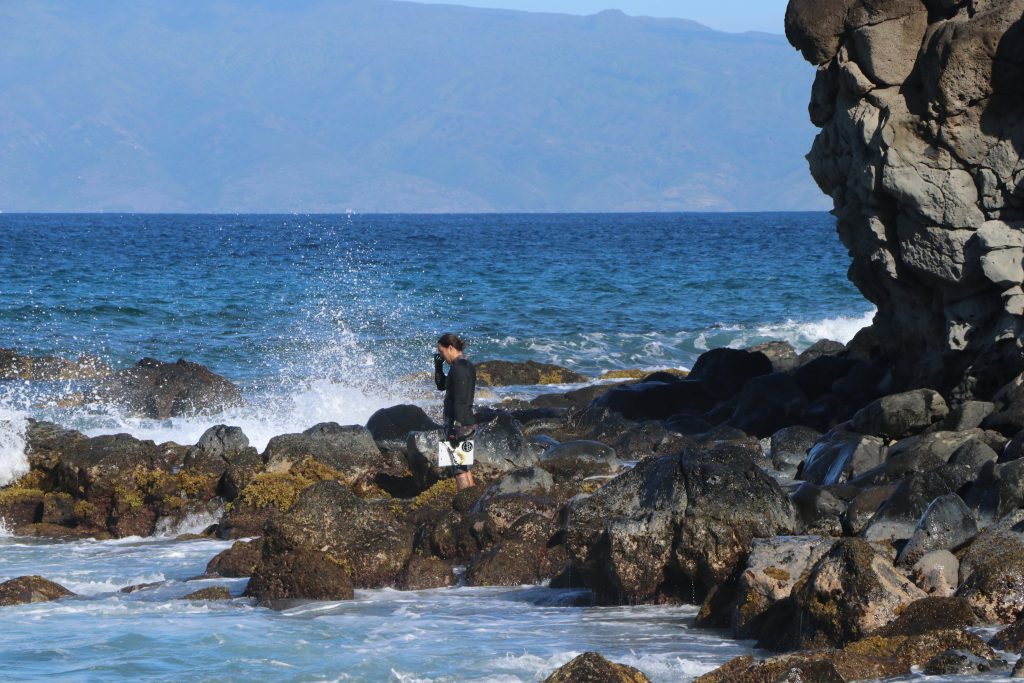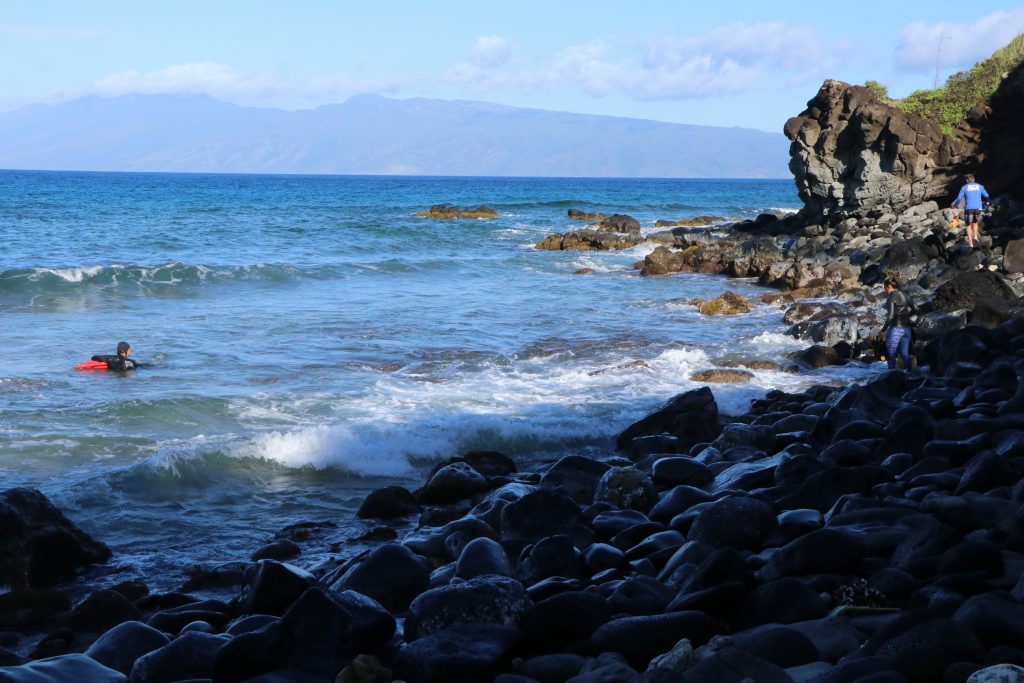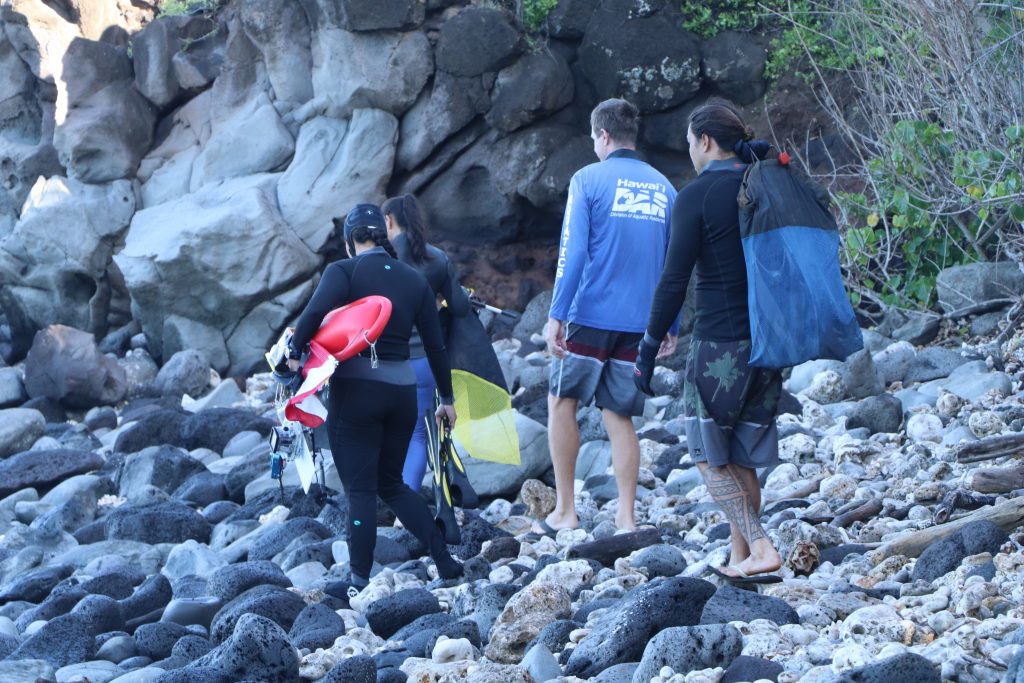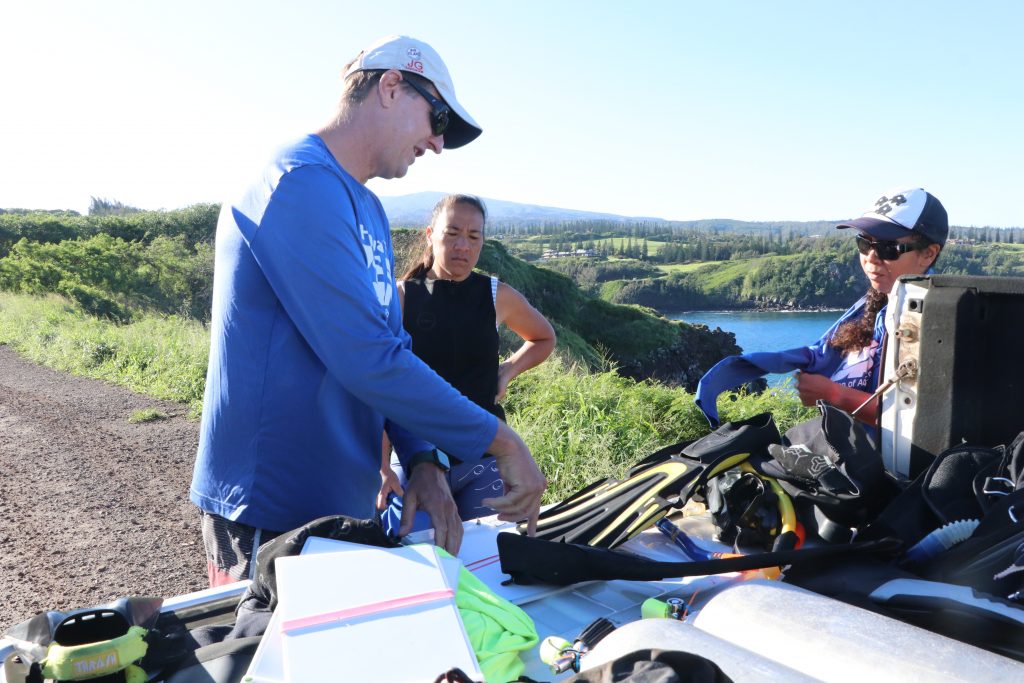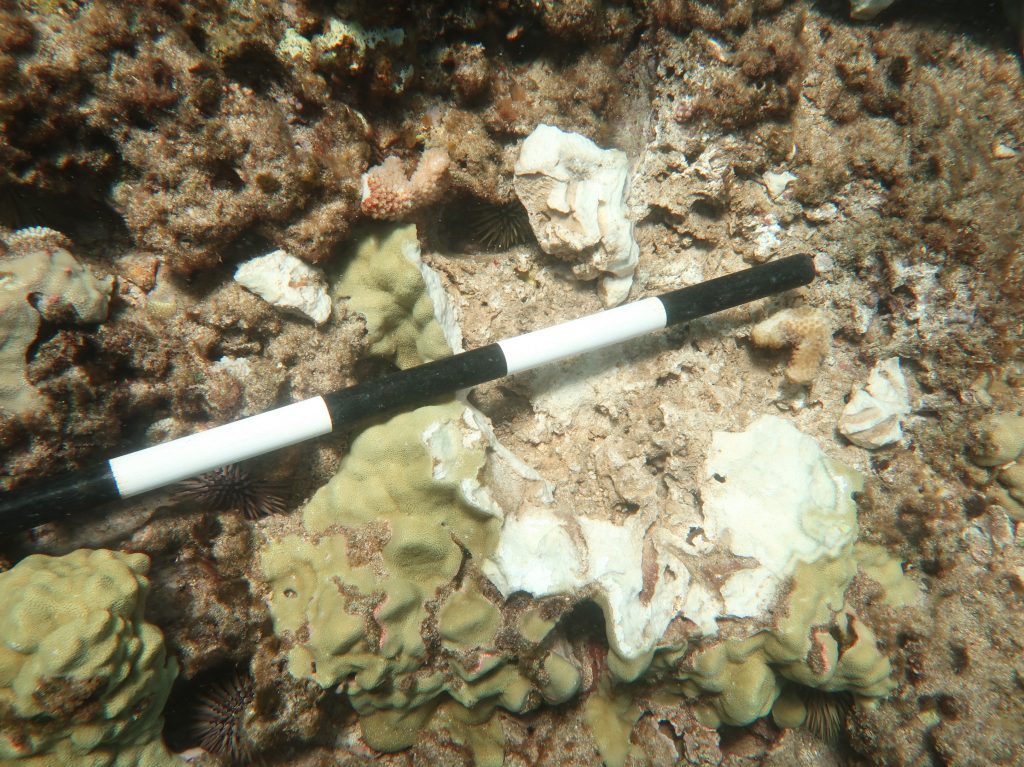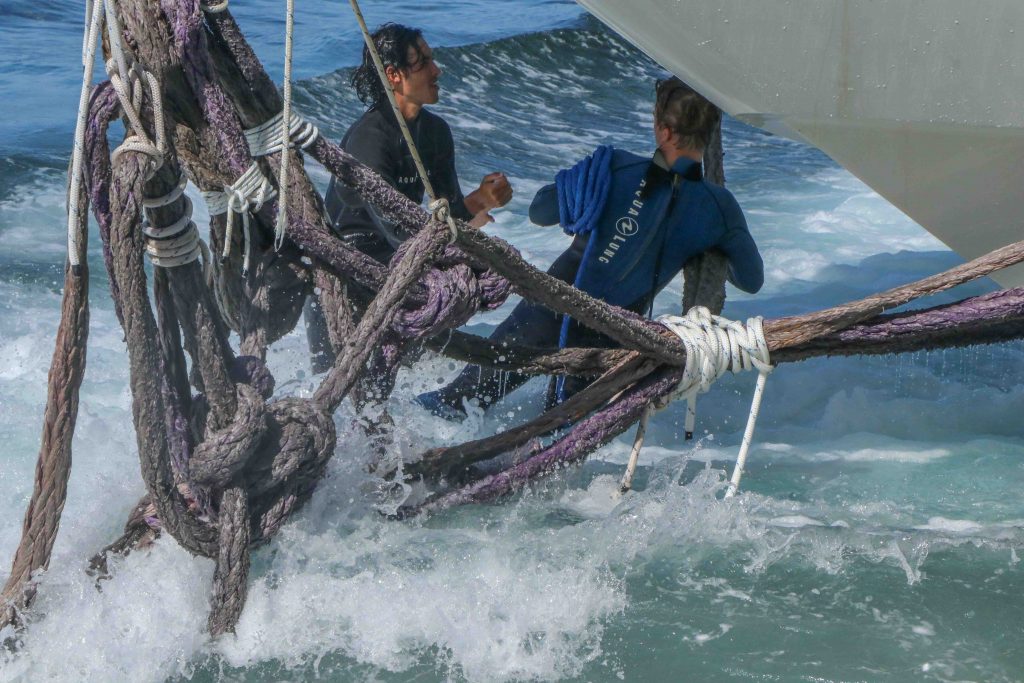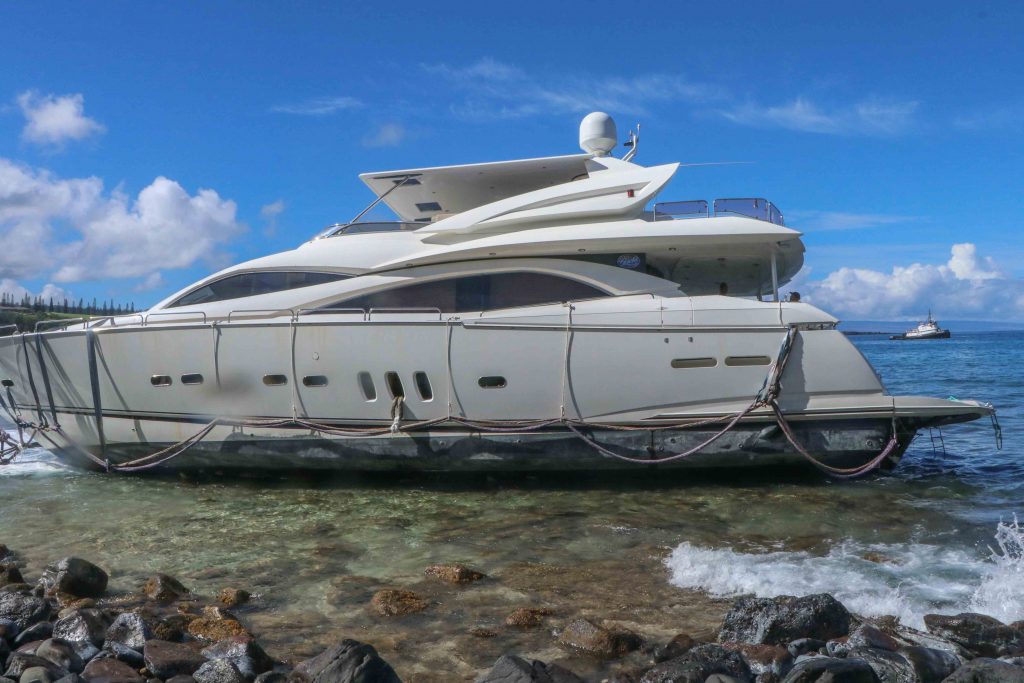Grounded yacht on Maui shoreline caused significant damage to corals and live rock

The 94-foot, 120-ton yacht Nakoa, which was grounded along a Maui shoreline for nearly two weeks, caused damage to corals and reef live rock covering at least 19,434-square-feet, according to a post-grounding damage assessment conducted by four divers from the Hawai’i State Division of Aquatic Resources.
The dive team also conducted a preliminary damage investigation the day after the vessel grounded just outside the Honolua-Mokulē’ia Bay Marine Life Conservation District on Maui’s northwestern coast.
On March 5, the boat was pulled free, only to sink it 800 feet of ocean water while towing it back to Honolulu due to extensive damage to the hull while being thrashed on the rocks by strong surf.
Russell Sparks, the aquatic biologist leading the assessment team, said: “We are looking for two things. The initial impact when the vessel grounded, and then the scars that occurred as the boat was dragged back off the flat reef surface into deeper water.”
The preliminary assessment showed 19 coral colonies were damaged or destroyed during the initial grounding. For nearly two weeks the Nakoa remained grounded in extremely shallow water along the basalt boulder shoreline in a high wave environment.
Highly visible, parallel scars extend 246 feet into deeper water. The first 49 feet consist of two deep “trench-like” scars, about 16 feet apart.
“In this area we found 101 impacted coral colonies, and damage to live rock covering nearly 2,099 square feet,” Sparks said.
The state Department of Land and Natural Resources is not holding the salvage company or tug company that pulled the boat off the reef responsible for any damage. But it has made it clear that the yacht’s owner, Jim Jones, that he will be responsible for salvage costs and for the damage to live rock and coral.
Following the damage assessment, a team from the Maui Ocean Center Marine Institute collected more than 100 fragments of damaged coral and plans to recover additional fragments soon.
“The Maui Ocean Center Marine Institute agreed to collaborate with us to repair and restore the damage at the site as quickly as possible,” Sparks said.
The institute is operating under a state-issued Special Activity Permit, which allows it to respond rapidly in collaboration with Divison of Aquatic Resources staff on coral damage incidents such as this grounding.
In this case, they identified a few colonies of dislodged coral that will be re-attached as soon as ocean conditions improve.
Coral fragments collected this week will be grown out at the marine institute lab for future coral restoration projects, as appropriate.
A final report on live rock/coral damage will be presented to the Board of Land and Natural Resources, along with the Division of Aquatic Resources’ recommended fines and penalties for the damage.
Sponsored Content
Comments




